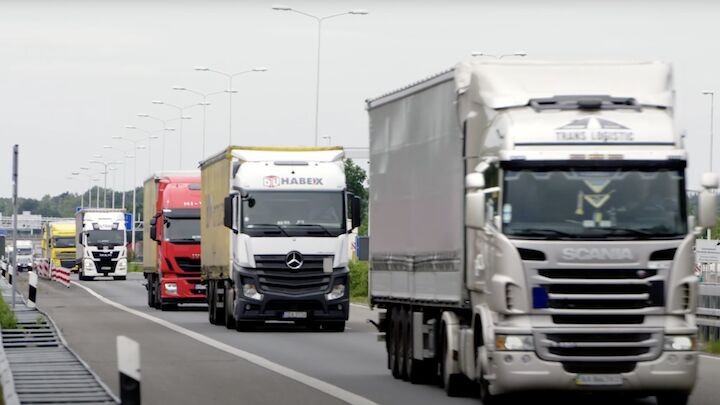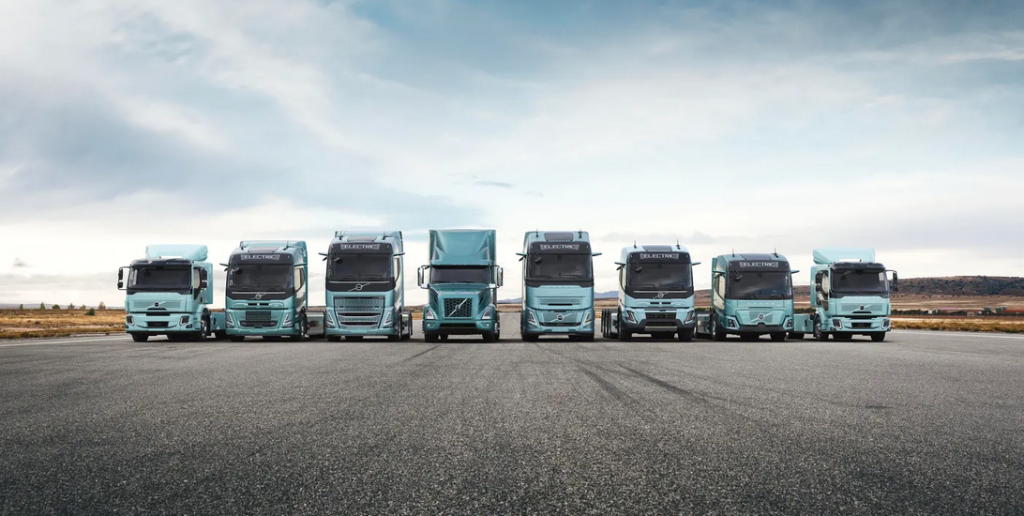The EU’s new smart tachograph version 2 (SMT2) includes additional features, such as automatic (as opposed to manual) registration of border crossings.
 So called SMT2 devices also allow enforcers to view data remotely, which may reduce the number of stops for roadside checks and can ease the life of drivers and enforcers by targeting only frequent and heavy offenders.
So called SMT2 devices also allow enforcers to view data remotely, which may reduce the number of stops for roadside checks and can ease the life of drivers and enforcers by targeting only frequent and heavy offenders.
In addition to verifying compliance with driving and rest time rules, the SMT2 will be a key instrument to check compliance with rules governing cabotage operations and the posting of drivers.
The SMT2’s integrated Bluetooth interface also boosts connectivity, enabling it to be controlled with external devices such as smartphones. SMT2 devices come already setup for the new digital driver card, which has an increased storage capacity of 56 days, up from 28.
Since 21 August 2023, newly registered commercial vehicles over 3.5 tonnes must be equipped with the SMT2. But given the delays in the availability of SMT2 devices, the International Road Transport Union (IRU) has asked the European Commission to recommend that Member States provide a grace period until the end of 2023 to prevent the blockage of tens of thousands of new trucks and coaches.
Between the end of 2024 and August 2025, the SMT2 will become mandatory for all heavy-duty vehicle categories that cross borders in the EU.


